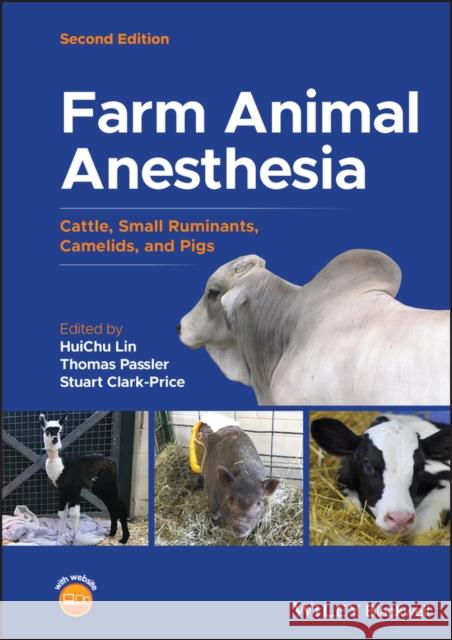Farm Animal Anesthesia: Cattle, Small Ruminants, Camelids, and Pigs » książka
topmenu
Farm Animal Anesthesia: Cattle, Small Ruminants, Camelids, and Pigs
ISBN-13: 9781119672548 / Angielski / Twarda / 2022 / 320 str.
Kategorie BISAC:
Wydawca:
Wiley-Blackwell
Język:
Angielski
ISBN-13:
9781119672548
Rok wydania:
2022
Ilość stron:
320
Waga:
0.86 kg
Wymiary:
26.01 x 18.54 x 2.08
Oprawa:
Twarda
Wolumenów:
01
Dodatkowe informacje:
Bibliografia











